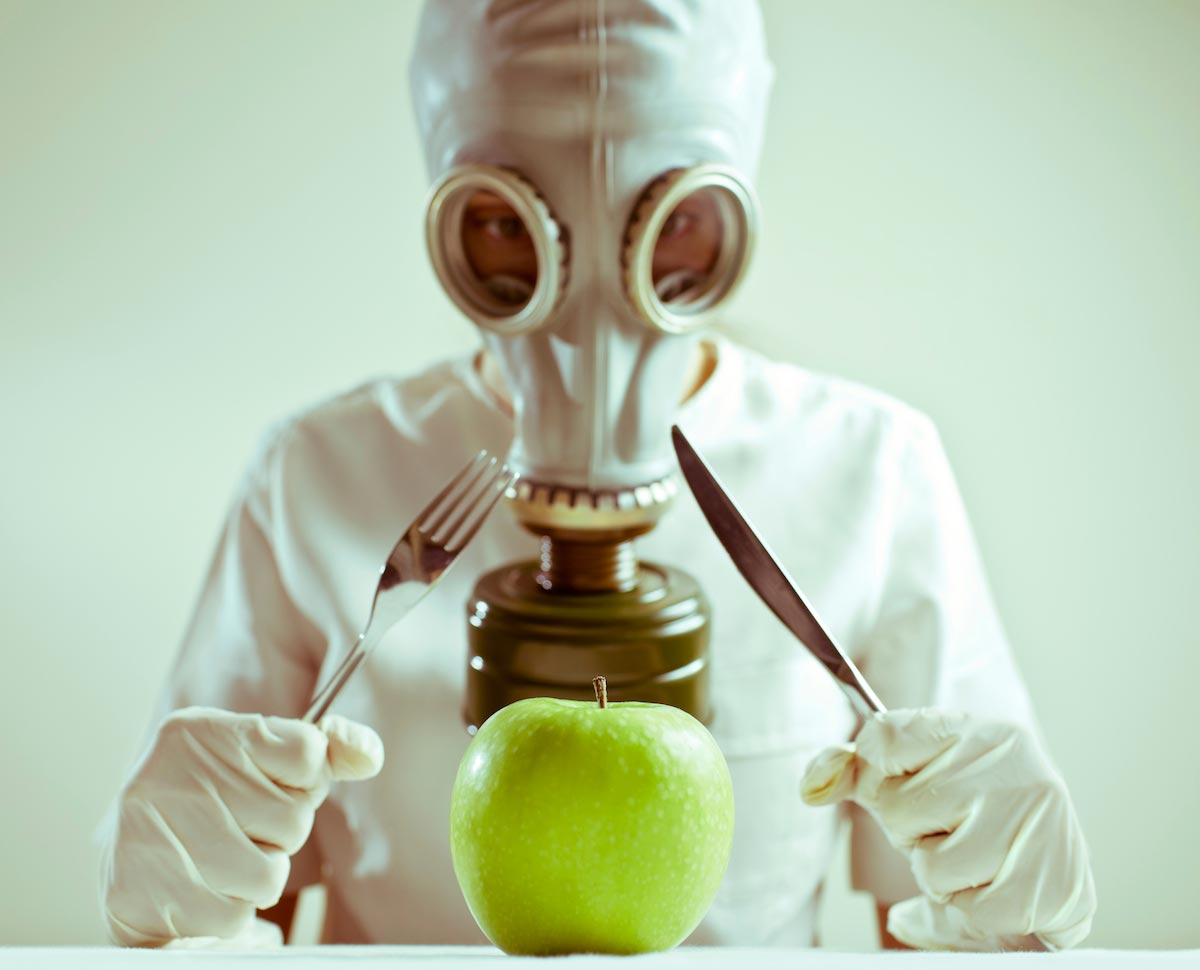Recent research finds that rural homes in NY are contaminated with pesticides
01/14/2019 / By Isabelle Z.

Many people like to think of their home as their refuge, but there’s one dangerous problem that is surprisingly difficult to escape from, even in the place where you should feel safest: pesticide contamination.
According to researchers from Cornell University, indoor pesticide pollution is a huge problem in rural homes in New York state. As part of a larger study focused on the pollutants found in child care facilities and houses, scientists took samples from homes in several counties to determine the presence of 15 toxic pesticides that are commonly used in the area’s agricultural industry. They found that pesticide residues were “ubiquitous” in the most literal sense: Every single one of the 350 homes tested had positive results for the chemicals.
Some of the pesticides they tested for were organophosphates like chlorpyrifos, methamidophos and diazinon. This group of pesticides disrupts renal function and has been linked to a host of other illnesses. They also found chemicals like atrazine, which can impact reproduction, and 2,4 D, which has been linked to birth defects. Pyrethroids have been linked to nervous system damage, while alachlor causes cancer.
The researchers were concerned about the known dangers of these chemicals to human health and those of infants in particular.
Researcher Joseph Laquatra pointed out that the pesticides have been linked to problems like leukemia, ocular toxicity, birth defects and cancer. He said that toddlers who crawl are especially vulnerable as pesticide residues accumulate on their hands when they crawl. As anyone who has ever spent time around a toddler can attest, they are quite fond of putting their hands in their mouth, so there’s no telling how much of these residues they could ultimately be ingesting.
These residues are believed to make their way into homes via multiple points of entry, including tracking them in with feet, shoes, clothing or the hair of pets; soil gas entry; and airborne entry, although spray drift is also a factor for those who live close enough to agricultural operations. The pesticides that people add to their lawns and gardens are also making their way into homes. Once inside, they degrade more slowly than they would outdoors as they’re shielded from the effects of sun and rain, and they accumulate in dust and make their way around the house.
What can you do to keep pesticide residues in your home to a minimum?
If you’re concerned about this problem – and you should be – Laquatra emphasizes the importance of keeping your home clean. For example, he says that when you’re building or remodeling, it’s helpful to opt for hard floors that are easy to wash, like tile or hardwood, and keep them clean at all times. Use a home entry system that can capture pollutants and soil at the door – for example, a walkway with a hard surface, like a paved sidewalk, followed by a scraper mat with a grate-like feature outside your entry door and a very absorbent doormat.
With more than a billion pounds of pesticides used every year in the U.S. and 5.6 billion pounds used annually worldwide, it’s not surprising that people are experiencing so many health problems these days. Studies like these highlight the very scary fact that you don’t have to be an agricultural worker to be exposed; the place you should feel safest – your home – could be exposing you to these toxic pesticide chemicals quietly every day.
Sources for this article include:
Tagged Under:



















